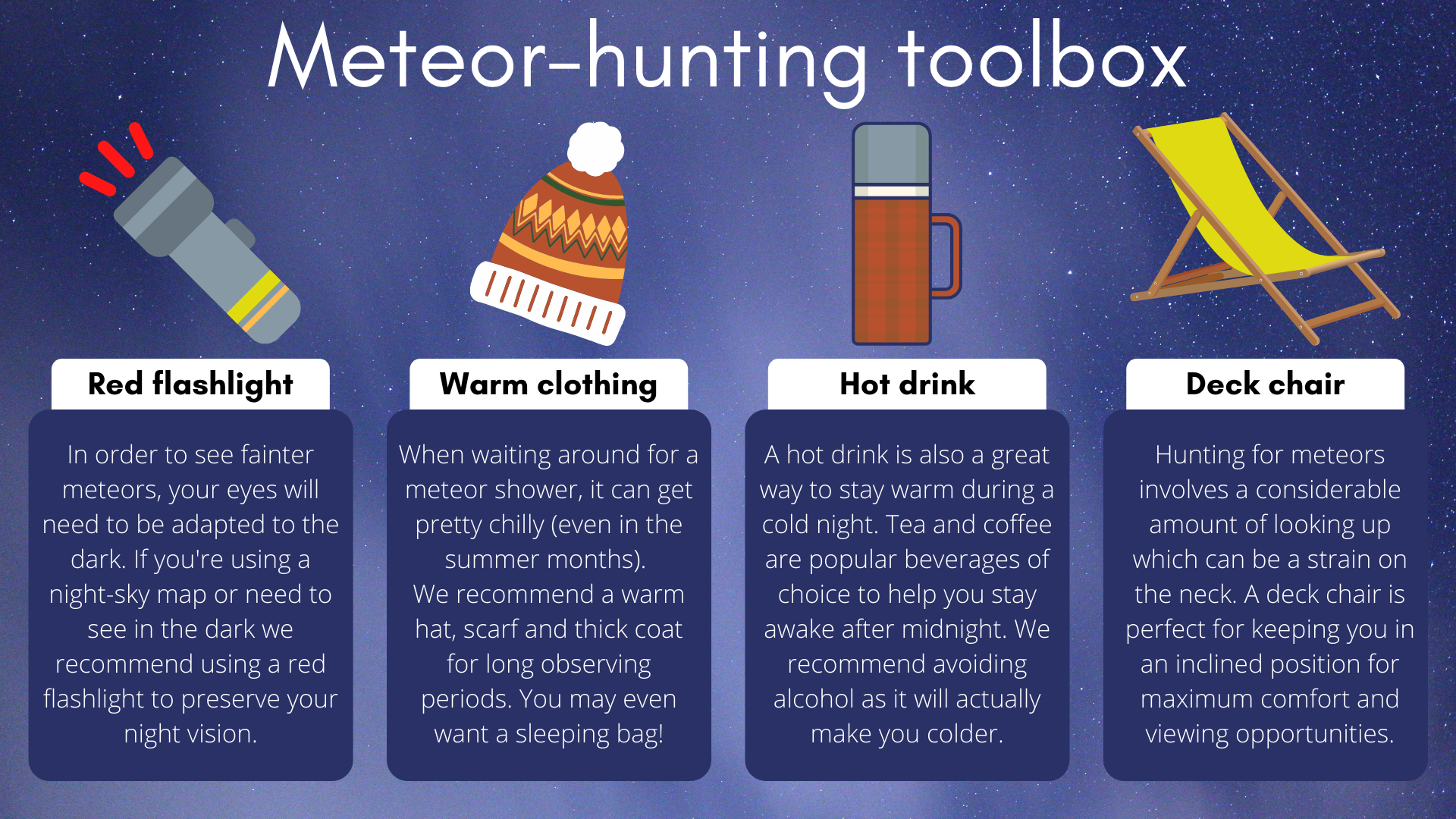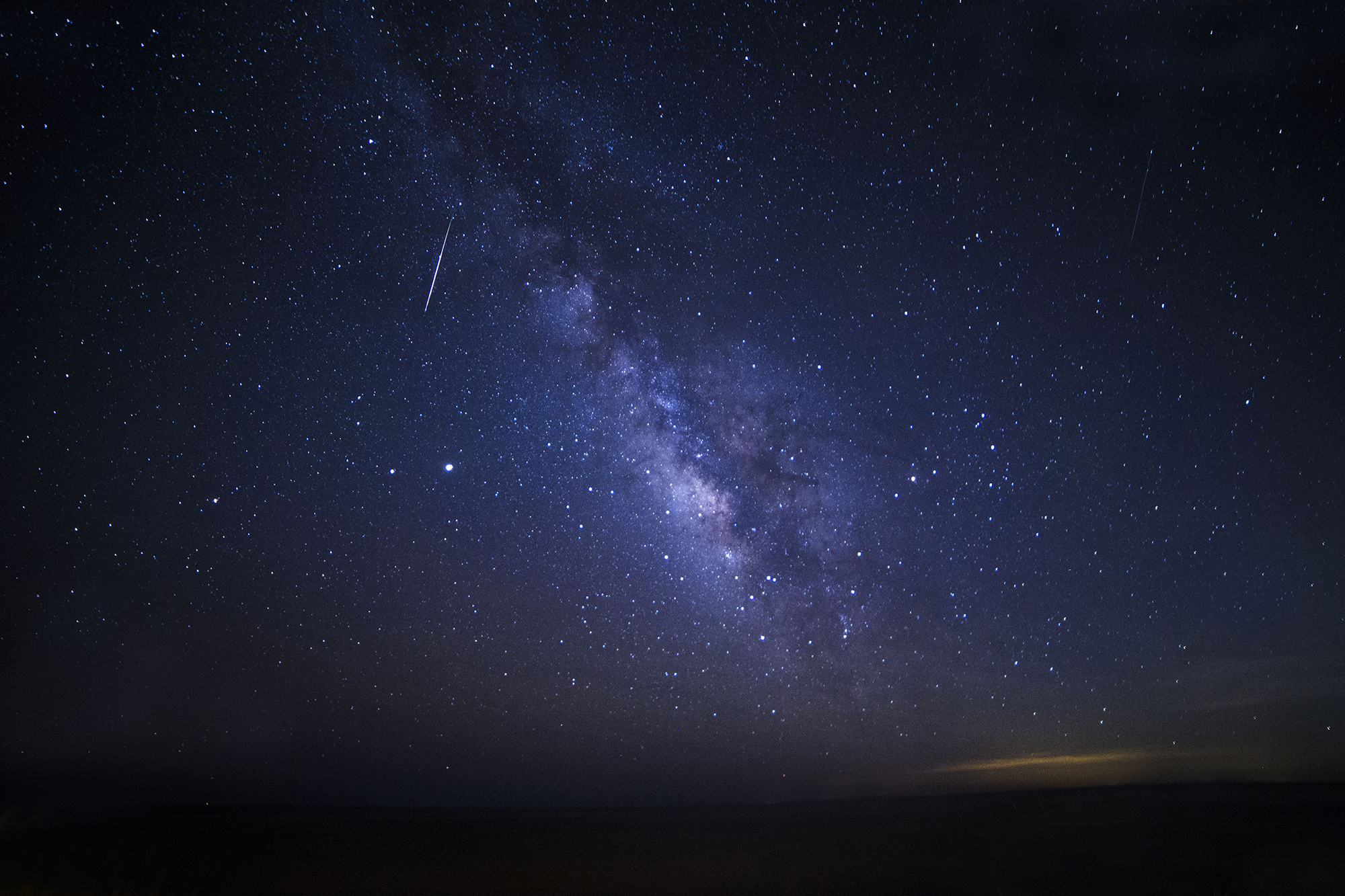The Lyrid meteor shower peaks in late April and skywatchers in the Northern Hemisphere will get a good view of the dusty trail of a comet with a centuries-long orbit around the sun. The Lyrid meteors streak across the sky between April 14 and April 30, so skywatchers have a chance to see them during that window, weather permitting.
Lyrid meteor shower
When: 14 to 30 April
Peak: 22 April
Comet of origin: C/1861 G1 Thatcher (Comet Thatcher)
Zenithal Hourly Rate (ZHR): 18
(The number of meteors a single observer would see in an hour of peak activity with a clear, dark sky and the radiant at the zenith).
The peak of the Lyrid meteor shower will be on the night of April 22, NASA meteor expert Bill Cooke told Space.com.
The moon phase during this time will be a waning gibbous moon, which will be about 61% illuminated during the Lyrids’ peak, so moonlight may interfere with observations.
Related: The most amazing Lyrid meteor shower photos of all time
The average Lyrid shower produces 15 to 20 meteors per hour, and this year skywatchers can expect to see about 18 per hour, depending on how clear and dark your sky is, Cooke said.
Some years, the Lyrid meteor shower intensifies and can produce up to 100 meteors per hour in what’s called an “outburst,” but it is difficult to predict exactly when that will happen.
“People say there is some periodicity there,” Cooke said, “but the data doesn’t support that.” Although there is an average of 30 years between these outbursts, that’s only an average; the actual number of years between the events varies, Cooke said.
Where can you see the Lyrids?
(opens in new tab)
The radiant — the point from which the meteors appear to originate — will be high in the evening sky in the constellation Lyra to the northeast of Vega, one of the brightest stars visible in the night sky this time of year. Don’t look directly toward the radiant, though, because you might miss the meteors with the longest tails.
The Lyrid meteor shower is of medium brightness, but not as luminous as the famous Perseid meteor shower in August, which tends to produce more prominent trails, Cooke said.

(opens in new tab)
What causes the Lyrid meteor shower?
Lyrid meteors are little pieces of Comet Thatcher, a long-period comet that orbits the sun about once every 415 years. Pieces of debris left in the comet’s wake, however, make an appearance every year. (Comet Thatcher’s most recent perihelion, or closest approach to the sun, was in 1861. It won’t be back until the year 2276.)
Meteor showers occur when the Earth crosses the path of a comet, colliding with a trail of comet crumbs. That’s why they happen around the same time every year and appear to originate from specific points in the sky. As they burn up in Earth’s atmosphere, the meteors leave bright streaks in the sky commonly referred to as “shooting stars.”
Related: Space calendar 2022: Rocket launches, sky events, missions & more!
Lyrid meteors come in fast — though not as fast as the Leonids, which peak in November, Cooke said. “The Leonids hit us head-on,” he said. “The Lyrids are more like hitting the left front fender.”
The Lyrids are one of the oldest recorded showers, Cooke said, with observations going back to 687 B.C. You don’t need any kind of special equipment to see the meteors; just look up at the dark sky, be patient and enjoy the show.

Editor’s note: If you snap a great photo Lyrid meteor shower that you’d like to share for a possible story or image gallery, send photos, comments and your name and observing location to [email protected] (opens in new tab).
Follow us on Twitter @Spacedotcom and on Facebook.
Additional information
Explore the Lyrids in more detail with NASA Science. Read more about the Lyra constellation with this article from In-The-Sky.org. Learn about Comet Thatcher – the source of the Lyrids – with this NASA Science article.

